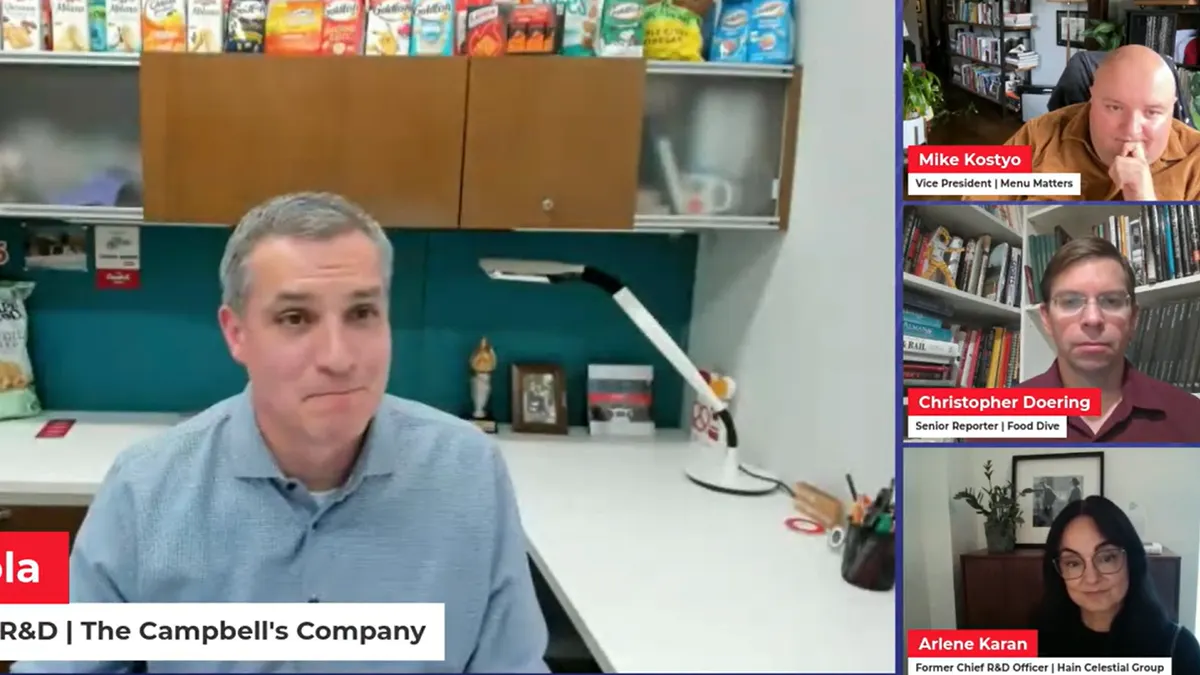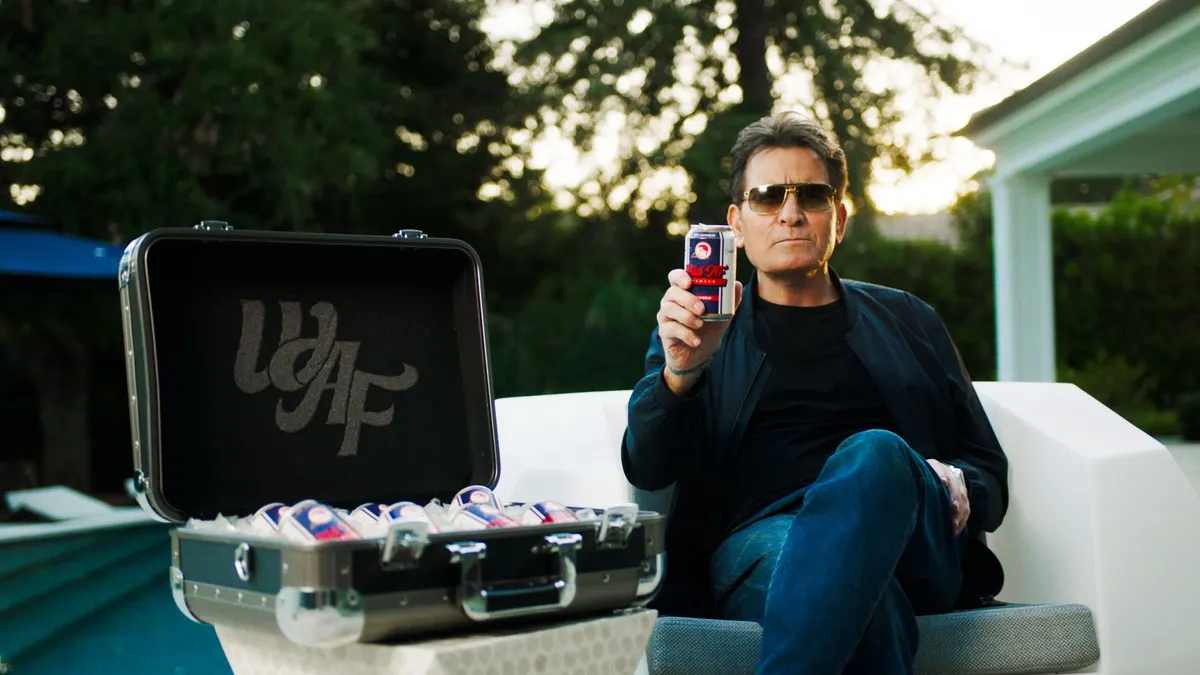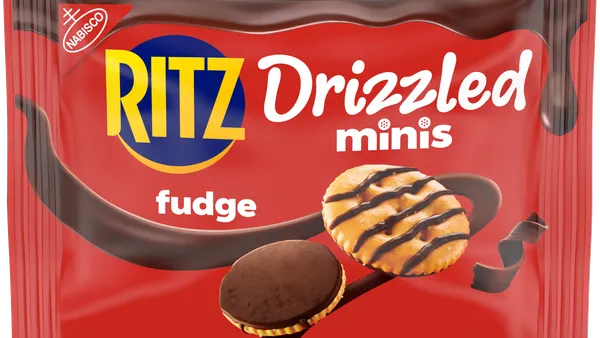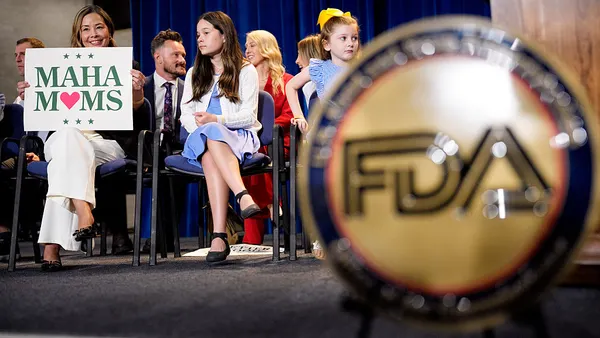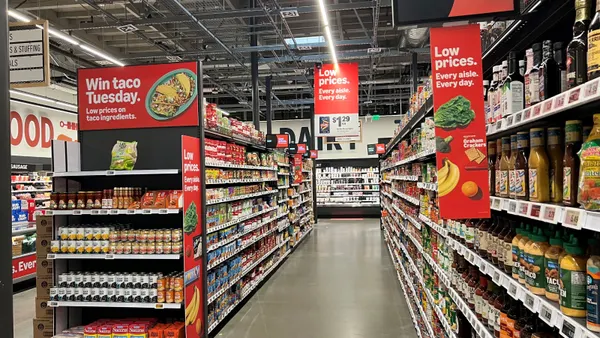Dive Brief:
- The English food industry has failed to meet a voluntary 5% sugar reduction target set by the government’s public health agency last year, reports The Guardian.
- Public Health England (PHE) had challenged the industry to cut added sugars by 20% by 2020 and by 5% in the first year, but some sectors achieved much less than others, leading to an average reduction of just 2% overall. Some categories met or exceeded the target, the The Guardian reported, including yogurts, breakfast cereals and sweet spreads. Others made no progress, including chocolate confectionery and cookies, while the amount of sugar used in the puddings category increased by 1%.
- PHE said it should have a clearer idea by next year about whether further action will be needed to compel companies to cut sugar. Meanwhile, in April last year the UK started taxing soft drinks containing more than 5 grams of sugar per 100mL. PHE’s report found sugar in soft drinks has been reduced by 11% since then, and calories are down an average of 6%.
Dive Insight:
The U.S has no government-backed sugar reduction campaign targeting food companies, but there are many factors that help push manufacturers to cut sugar in their products.
For starters, many people want to consume less sugar. According to Mintel, 84% percent of Americans say they are limiting the amount of sugar in their diet, and 79% claim they check labels for the types of sugar or sweetener used. The U.S. Agriculture Department’s Dietary Guidelines for Americans also advise against overconsumption of added sugars, suggesting they account for no more than 10% of daily calories.
Manufacturers have moved to reduce sugar ahead of an upcoming regulation to include added sugars on products’ nutrition labels. However, since the original July deadline has been extended to January 1, 2020 — or January 1, 2021 for smaller manufacturers — it remains to be seen whether momentum to reduce sugars will continue. Facing pressure from consumer groups, many manufacturers have already implemented the new labels, which now appear on 29,089 products, according to a blog post last month from Label Insight.
Food and drink companies are not just labeling sugar — they're also taking a range of approaches to reduce it, including using artificial sweeteners, natural sweeteners, hollow and faster-dissolving sugar molecules and flavors to boost sweetness. A survey of 102 global CPG companies found 180,000 products , about 20% of their total offerings, were reformulated to contain less sugar and salt in 2016 — double the amount in 2015.
Americans still eat far more sugar and other caloric sweeteners than public health experts advise, but per capita consumption has fallen from an all-time high of 151.6 pounds in 1999 to 128.1 pounds in 2016, according to USDA figures. Although this is a shift in the right direction, it is hardly a public health success story, considering that the American Heart Association’s recommendations translate to about 29 pounds a year for men and about 20 pounds a year for women.
Voluntary targets for sodium reduction have had little effect on per capita consumption in the United States, but it will be interesting to see whether England’s voluntary targets for sugar reduction spur further industry action during the coming year.


